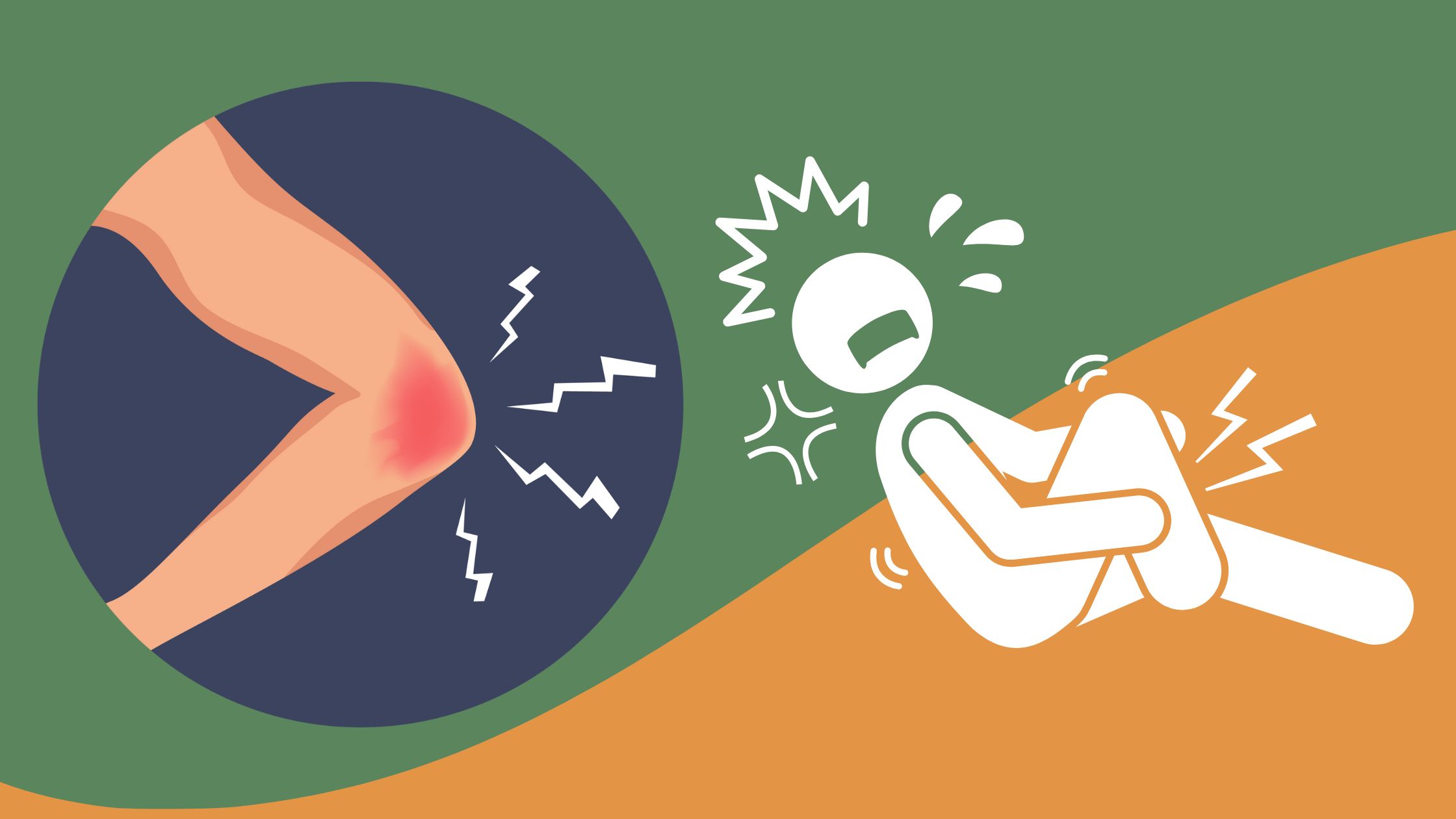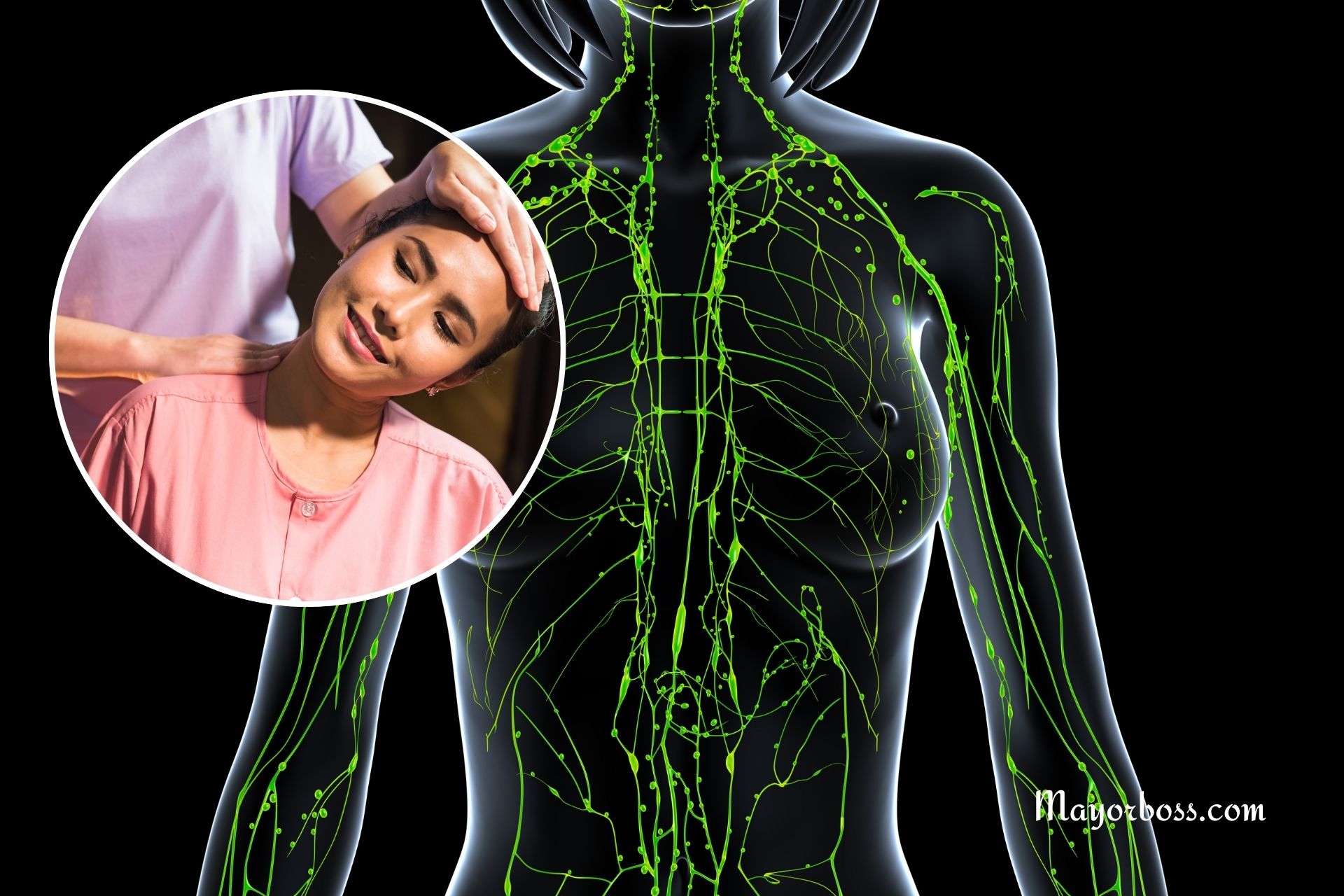Here’s What Happens To Your Face When You Lie
Lying, a common human behavior, often triggers a fascinating array of physiological and psychological changes, many of which manifest in our faces. You might think you’re an excellent poker face, but chances are, subtle shifts are occurring that could give you away. This article discusses the science and stories behind how lying affects your facial expressions and appearance.

The Telltale Signs of Deception
Microexpressions: The Unconscious Betrayal
When you lie, your brain is engaged in a complex juggling act. It’s trying to fabricate a story, suppress the truth, and manage your emotions, all simultaneously. This high-wire act often results in microexpressions – fleeting facial expressions that occur in a fraction of a second. These involuntary twitches or subtle changes, like a quick frown or a brief smirk, often go unnoticed by the untrained eye but can be dead giveaways under scrutiny.
Stress Responses
As you tell a lie, your body might enter a mild state of stress or anxiety. Why? Because lying can evoke fear of being caught or guilt. This stress response can cause several visible changes in your face. You might start to sweat slightly, leading to a noticeable sheen on your forehead or upper lip. Your pupils could dilate as part of the body’s natural response to arousal or stress. Even the color of your face might change, becoming flushed due to increased blood flow or, conversely, paler if you’re particularly anxious.
The Struggle of Facial Control
Trying to control your facial expressions while lying is like trying to smooth ripples in water – the more you try, the more ripples you create. You might overcompensate by holding your facial muscles too rigid, leading to an unnatural, stiff appearance. Alternatively, you might smile too much or inappropriately, a phenomenon known as ‘duping delight,’ where the liar actually enjoys the process and challenge of deception.
Anecdotal Evidence and Studies
Real-Life Examples
We’ve all seen it in action – whether it’s a child denying they ate the cookie with crumbs still on their face or a public figure stumbling through a clearly untruthful statement. Their faces often tell the real story. The child might have a fleeting look of worry, and the public figure might blink rapidly or avoid eye contact, classic signs of discomfort or deceit.
Scientific Studies
Research in psychology and criminology has shown that liars often struggle to maintain eye contact or may blink more frequently. One study found that under the stress of lying, people’s blinking patterns change, becoming either markedly slower or faster. Another study revealed that subtle facial movements, almost imperceptible to the casual observer, are more frequent during deception.
The Role of Individual Differences
Not everyone exhibits these signs to the same degree. Some people might be naturally more adept at lying, their faces revealing little of the inner turmoil. Professional poker players, for instance, train themselves to control involuntary facial movements to avoid giving away their hands. Conversely, others wear their hearts on their sleeves, their faces acting as open books.
How to Recognize and Interpret These Signs
Recognizing these signs requires a keen eye and, often, an understanding of a person’s baseline behavior. Changes from their normal behavior can be more telling than the behaviors themselves. It’s also crucial to remember that these signs are not definitive proof of lying; they can also occur due to nervousness, excitement, or other emotions.
Frequently Asked Questions
Can you always tell if someone is lying by their face?
No, not always. While facial cues can be indicative, they’re not foolproof. Some people are skilled at maintaining a neutral expression, and others might show signs of stress or anxiety for reasons unrelated to lying.
Are microexpressions reliable indicators of deception?
Microexpressions can be revealing, but they’re not exclusively related to lying. They can also manifest due to conflicting emotions or as a natural part of conversation. Professional training is often required to accurately interpret them.
In summary, your face can indeed reveal signs of deception, but interpreting these signs accurately requires context, understanding, and, often, training. Next time you’re tempted to tell a fib, remember your face might just give you away!






